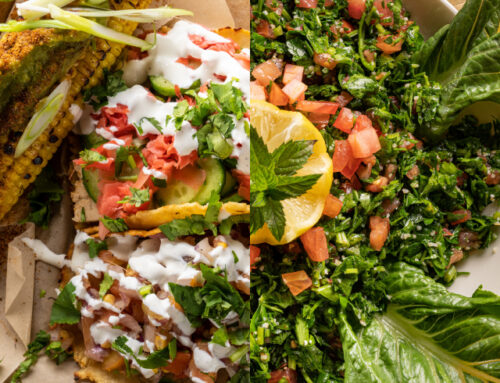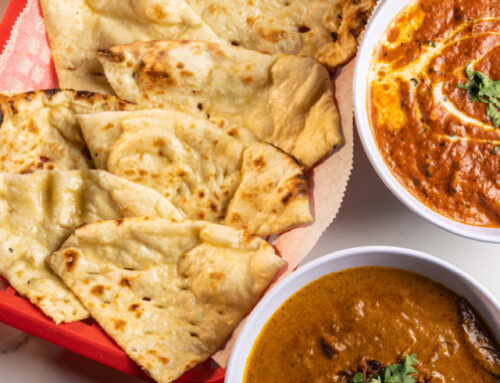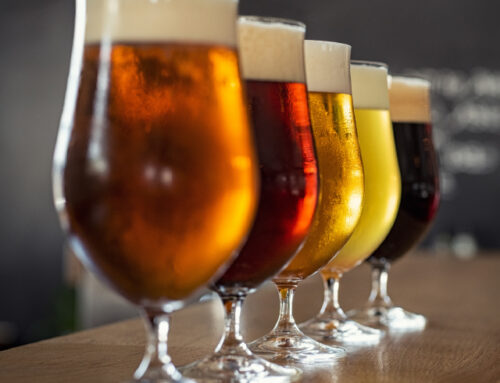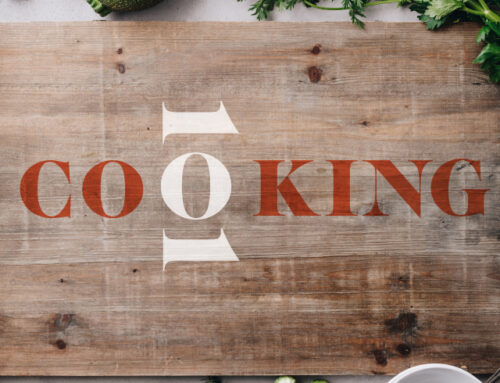Valley Baristas “Spill the Beans”
by Liz Reph
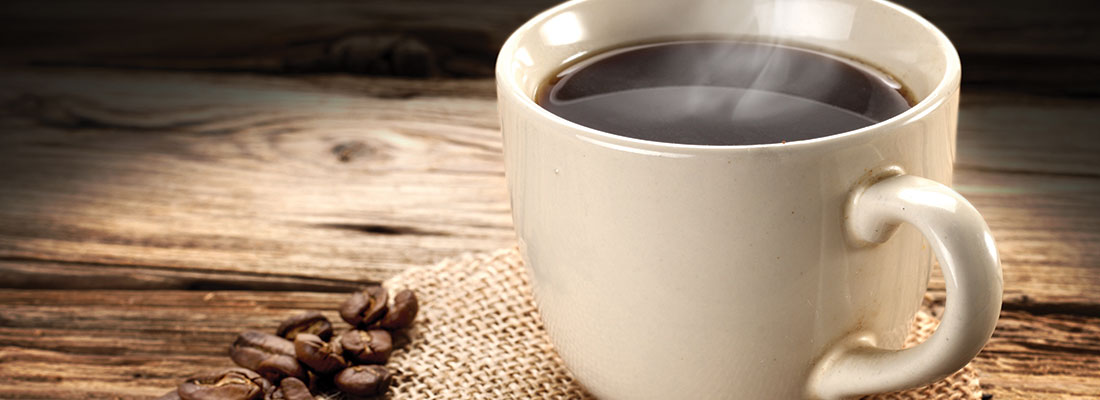
It’s no secret that as a nation we are obsessed with coffee. According to a recent Bloomberg news report, about 83% of American adults enjoy the beverage in one form or another, with just over 60% drinking at least one cup per day. Indeed, the United States is one of the world’s largest consumers of coffee, with a national market estimated at $30 billion.
In recent years, gourmet beans and specialty coffee shops, where customers can enjoy tailor-made drinks such as espressos and lattes, have accounted for the fastest growing segment of the American market. As a result of this increased popularity, high-end coffee consumption has steadily transformed from a niche culture found in only a handful of major cities to a staple of most every American town.
But what exactly goes into creating these delectable drinks? And why do we find them so appealing? Here we turn to some of the Lehigh Valley’s top baristas to find out.
Barista… /b ‘rēst / noun (from the Italian for “bartender”) is a person, usually a coffeehouse employee, who prepares and serves espresso-based coffee drinks.
BEANS AND ROAST
Much like grapes and wine, coffee’s flavor is directly affected by the type and quality of the bean. Climatic factors, soil type and altitude also help create distinctly different tastes. “Coffee beans grown in Central and South America have an earthier flavor and a rounder body,” explains Bill Young, co-owner of The Wise Bean in Bethlehem. “Whereas beans grown in Africa tend to have what’s known as a ‘sharper’ finish.”
In addition to natural flavors, the type of roast also plays a key role in defining taste. Raw beans, which are naturally green in color, deepen into various shades of brown as they absorb heat. In general, the longer the roast, the darker and oilier the beans become.
According to the National Coffee Association, roasts typically fall into one of four categories based on color – light, medium, medium-dark and dark. Light roasts have no surface oil and are usually preferred by those who enjoy a milder coffee. Medium or American as they are sometimes called, also have a non-oily surface, but feature a stronger flavor. Medium-dark roasts have some surface oil and a slightly bittersweet aftertaste, and dark roasts (which include Italian and French) tend to have an oily surface and a pronounced bitterness.
“It’s all a matter of personal preference, but I find that the medium roasts bring out the uniqueness of the beans best,” says Young. “And, overall, they are the most popular with our customers.”
PREPARATION AND TECHNIQUE
While raw coffee beans can be stored for long periods of time without a loss of quality or taste, roasted beans have a significantly shorter shelf life. Typically, a distinct drop-off in flavor occurs within two weeks of the roast date. So, ensuring the beans are fresh is extremely important. “Coffee beans in our shop are never more than seven days old,” explains Betty Hockman, owner of Java Joint in Trexlertown. “Our roaster is out of Ohio, and once I place an order, I have the beans within two days. That makes a huge difference in taste.”
The experience and skill of the barista in correctly preparing the coffee is also vitally important. “Training is certainly something we put a lot of emphasis on,” says Troy Reynard, owner of the Cosmic Cup in Easton. “You can put a lot of effort into getting good-quality beans and guaranteeing they are fresh, but if you don’t prepare them right, it doesn’t matter.” To make sure the coffee served at the Cosmic Cup meets his standards, Reynard often spends several months training new employees. He then puts them through a practical test – making an espresso, a mocha and a cappuccino to his liking – before they are allowed to make drinks for customers.
“If you really care about the quality of the beverage, being a barista is not that simple,” agrees Hockman. “There are many subtle things that happen during preparation that influence the flavor and taste. For example, I only use a manual espresso machine so that I can time the shots to whatever extraction you like. A longer shot gives a stronger flavor, and a shorter shot gives a weaker flavor. Most of your chain coffee shops use an automatic espresso machine, so they have no control over little things like that, which can ultimately make a big difference.”
EXPERIENCE AND ATMOSPHERE
Aside from the tangible, physical factors that influence taste, most people agree that less perceptible, yet equally important, elements also play a role in the overall appeal of premium coffee. “At the end of the day, I don’t want to sell something that I don’t feel good about,” says Reynard. “That’s why we only use beans that are ethically sourced and sustainably grown. And I think folks here in the community are also concerned with ethics, so they respond to that.”
“The experience and atmosphere are very important,” agrees Young. “The coffee may be the lure, but it’s far from the entire picture. You really have to go to a local shop to appreciate the character and understand why it feels like home to so many people. I’ve been in this business for ten years, and I think that sense of community has certainly been one of the nicest surprises.”
As seen in the Winter/Spring 2015 Issue
Click to Visit Our Advertisers

